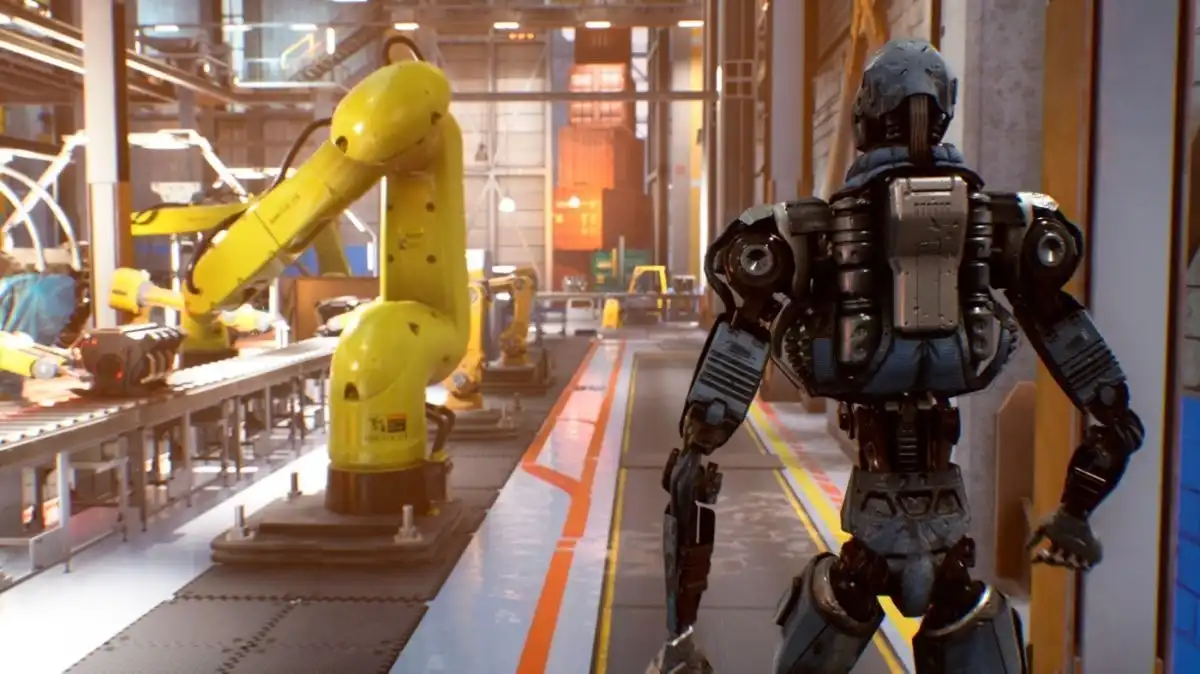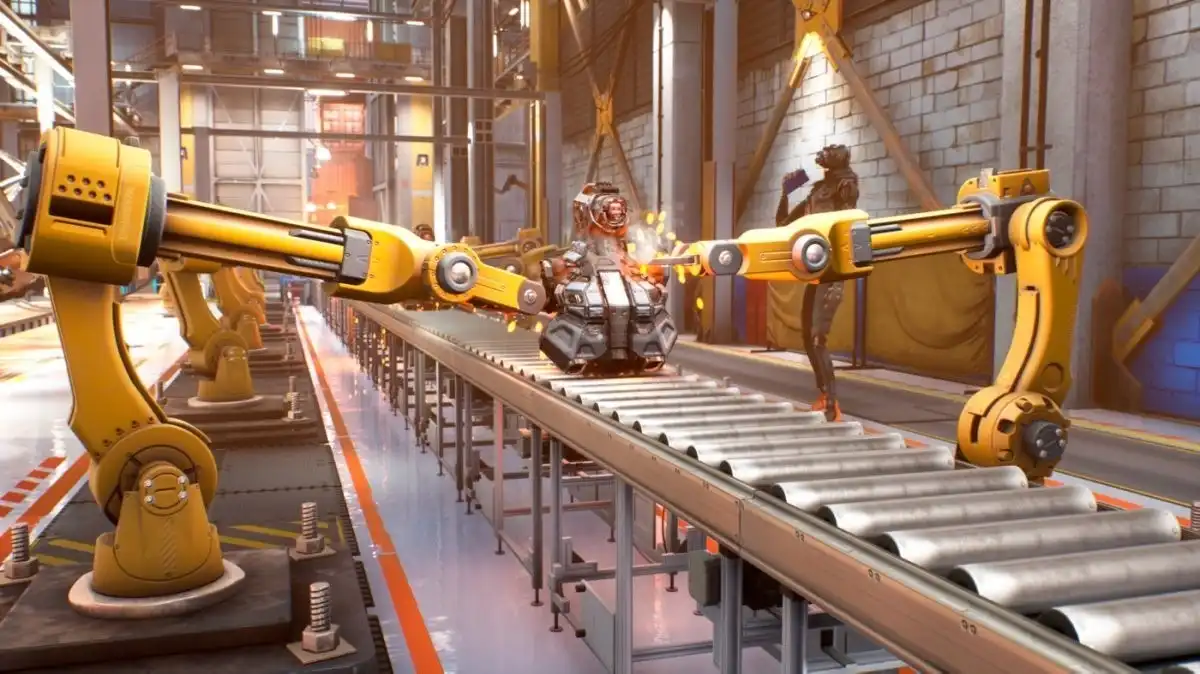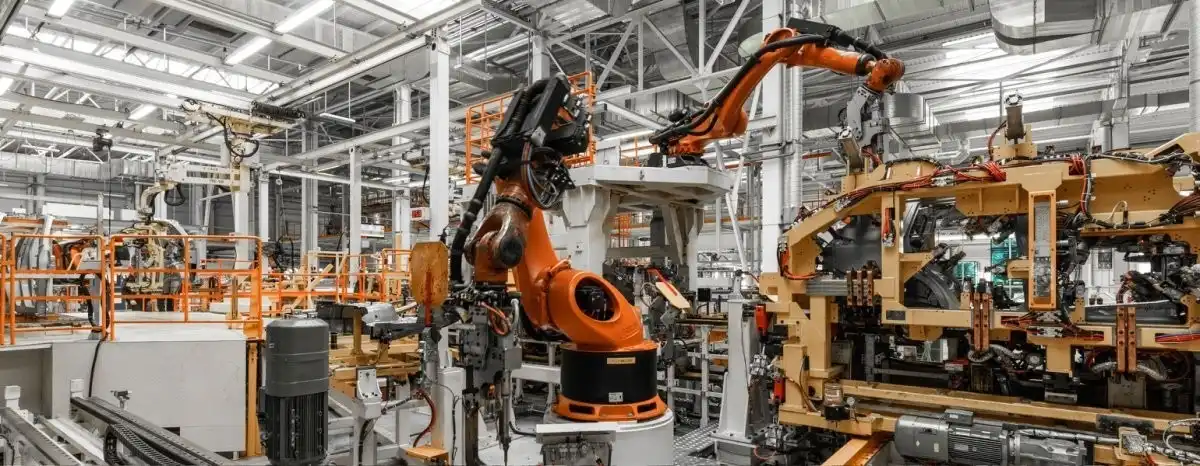Top Factors Distinguishing CNC Lathing and Turning Processes
CNC lathing and turning are advanced manufacturing techniques that revolutionize precision part production. While often used interchangeably, these processes have distinct characteristics that set them apart. Key factors distinguishing CNC lathing and turning include the workpiece movement, tool positioning, and part complexity. Lathing typically involves a rotating workpiece with stationary cutting tools, while turning can incorporate both rotating workpieces and tools. The level of automation, machine capabilities, and end-product specifications also play crucial roles in differentiating these processes. Understanding these nuances is essential for engineers and manufacturers to choose the most suitable method for their specific production needs.
Fundamental Differences in Machine Design and Operation
Workpiece and Tool Movement
In CNC lathing, the workpiece rotates while the cutting tool remains stationary. This setup is ideal for creating symmetrical parts with circular cross-sections. The lathe holds the material in a chuck, spinning it at high speeds as the tool removes material to achieve the desired shape. Conversely, CNC turning can involve both a rotating workpiece and moving cutting tools, offering more flexibility in part design and complexity.
Axis Configuration
CNC lathing typically operate on two axes - X and Z. The X-axis controls the tool's radial movement, while the Z-axis governs its longitudinal motion. Advanced CNC turning centers can feature additional axes, such as Y and C, enabling more complex operations like off-center drilling and milling. This multi-axis capability allows for the production of intricate parts with features that would be challenging or impossible on a traditional lathe.

Tool Turret Design
CNC lathes often utilize a single-turret design, limiting the number of tools available during a single operation. In contrast, modern CNC turning centers can feature multiple turrets, live tooling, and even robotic tool changers. This enhanced tooling capacity allows for a wider range of operations to be performed in a single setup, reducing production time and improving overall efficiency.
Precision and Complexity in Part Production
Achievable Tolerances
Both CNC lathing and turning processes are capable of producing parts with high precision. However, the level of achievable tolerances can vary. Advanced CNC turning centers, equipped with state-of-the-art control systems and feedback mechanisms, can often achieve tighter tolerances than traditional CNC lathes. This precision is crucial for industries such as aerospace and medical device manufacturing, where even the slightest deviation can have significant consequences.
Part Geometry Capabilities
CNC lathing excels in creating parts with circular cross-sections and symmetrical features. It's ideal for producing shafts, pins, and other cylindrical components. CNC turning, particularly on multi-axis machines, can handle more complex geometries. These advanced turning centers can create asymmetrical parts, incorporate milling operations, and even produce components with off-center features, expanding the range of possible part designs.

Surface Finish Quality
The surface finish quality achievable through CNC lathing and turning can differ based on machine capabilities and tooling options. While both processes can produce excellent surface finishes, CNC turning centers with advanced features like high-speed spindles and precision tooling systems may have an edge in achieving superior surface quality. This is particularly important for parts that require minimal post-processing or have critical aesthetic requirements.
Material Handling and Production Efficiency
Material Variety and Compatibility
CNC lathing and turning processes are versatile in terms of material compatibility. Both can work with a wide range of materials, including metals, plastics, and composites. However, CNC turning centers, especially those with advanced cooling systems and specialized tooling, may have an advantage when working with harder materials or those that require specific cutting conditions. This versatility allows manufacturers to choose the most suitable process based on the material properties and production requirements.
Batch Size and Production Volume
The choice between CNC lathing and turning often depends on the required production volume. Traditional CNC lathes are well-suited for small to medium batch sizes, offering flexibility and cost-effectiveness for lower volume production runs. On the other hand, CNC turning centers, with their advanced automation features and higher production speeds, are more efficient for large-scale manufacturing. These machines can incorporate features like bar feeders and part catchers, enabling continuous operation and minimizing downtime between parts.

Setup Time and Changeover Efficiency
Setup time and changeover efficiency are crucial factors in modern manufacturing. CNC lathes typically have simpler setups, making them ideal for job shops or environments where frequent part changes are necessary. CNC turning centers, while potentially more complex to set up initially, often offer advantages in terms of program storage, tool preset capabilities, and quick-change tooling systems. These features can significantly reduce setup times for repeat jobs, improving overall production efficiency in high-volume scenarios.
Conclusion
Understanding the distinctions between CNC lathing and turning is crucial for optimizing manufacturing processes. While both techniques offer precision and versatility, their unique characteristics make them suitable for different applications. CNC lathing excels in producing symmetrical parts with circular cross-sections, while CNC turning, especially on advanced multi-axis machines, offers greater flexibility for complex geometries. The choice between these processes depends on factors such as part complexity, production volume, and material requirements. By carefully considering these factors, manufacturers can select the most appropriate method to achieve their production goals efficiently and cost-effectively.
FAQs
What's the main difference between CNC lathing and turning?
The primary difference lies in the movement of workpieces and tools. In CNC lathing, the workpiece rotates while the tool remains stationary. CNC turning can involve both rotating workpieces and moving tools, offering more flexibility.
Which process is better for complex parts?
CNC turning, especially on multi-axis machines, is generally better suited for complex parts with asymmetrical features or off-center operations.
Can both processes work with the same materials?
Yes, both CNC lathing and turning can work with a wide range of materials, including metals, plastics, and composites. However, advanced CNC turning centers may have an edge with harder materials.
Experience Precision Manufacturing with BOEN
At BOEN, we specialize in high-quality prototyping and low-volume production using advanced CNC lathing and turning processes. Our state-of-the-art machinery and experienced team ensure precision parts across various industries. Whether you need simple cylindrical components or complex multi-feature parts, our capabilities cover a wide range of materials and specifications. Experience the BOEN difference in CNC manufacturing. Contact us at contact@boenrapid.com to discuss your next project with our expert team.
References
1. Smith, J. (2022). Advanced CNC Machining Techniques. Journal of Manufacturing Technology, 45(3), 178-192.
2. Johnson, L. & Brown, T. (2021). Comparative Analysis of CNC Lathe and Turning Center Capabilities. International Journal of Precision Engineering and Manufacturing, 18(2), 245-260.
3. Rodriguez, M. (2023). Material Considerations in CNC Turning Operations. Materials Science and Engineering: A, 812, 141086.
4. Lee, K. & Park, S. (2022). Optimization of Multi-Axis CNC Turning Processes. Journal of Materials Processing Technology, 300, 117345.
5. Wilson, D. (2021). Advances in CNC Control Systems for Precision Machining. Robotics and Computer-Integrated Manufacturing, 68, 102086.
6. Thompson, E. (2023). Surface Finish Quality in CNC Lathing and Turning: A Comparative Study. Precision Engineering, 71, 85-97.

How Can We Help?

Your Trusted Partner in Rapid Manufacturing.



